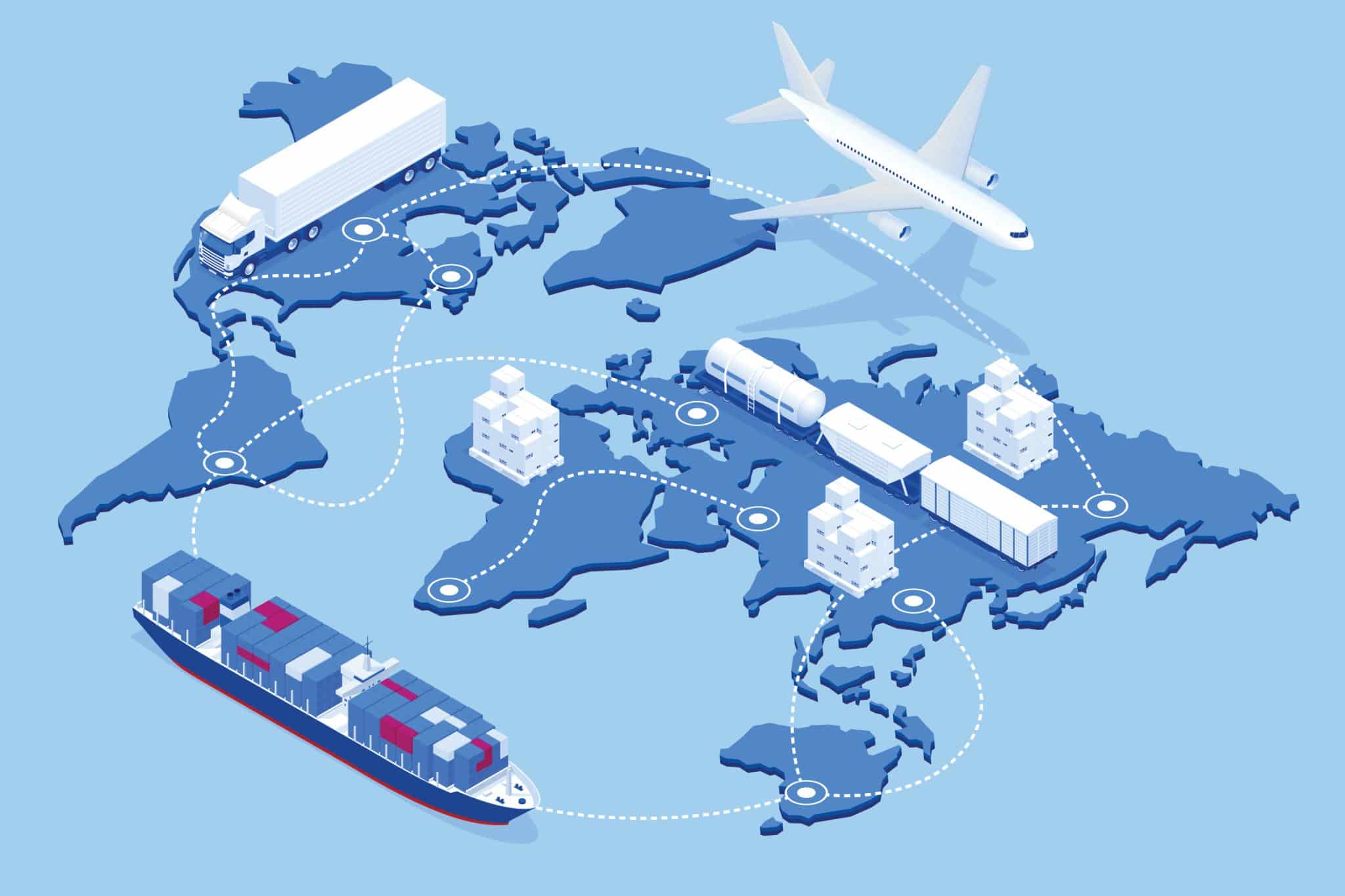Supply chain instability remains a serious and evolving risk for manufacturers. High demand, rising freight and raw material costs, and slow deliveries continue to plague manufacturers, adding costs and creating nearly constant disruptions. Meanwhile, driver shortages and congestion at U.S. ports have created transportation challenges that are expected to continue throughout 2022.
As a result of supply chain instability, manufacturers may experience:
- Low inventory
- An inability to complete orders
- Backordered items
- Lost revenue from unfulfilled orders
As supply chain risks continue to evolve, manufacturers can proactively minimize the impact on their business with the following practices:
- Track inventory. With supply shortages, it’s essential for manufacturers to know what is in stock and which items need replenishing. By keeping track of stock, manufacturers can avoid running out of items at inconvenient times.
- Increase inventory. Manufacturers should take steps to increase their inventory whenever possible. This may include stocking up on popular items when they become available, searching for discounted items to purchase, expanding storage capacity or outsourcing storing, packing and shipping solutions.
- Be transparent. To avoid surprising customers with long delays, be transparent about supply chain issues. Explain that some products may be delayed or take longer to ship than expected. If manufacturers are having trouble with certain products, they should inform customers that there may be additional wait times before they make a purchase.
- Diversify the supply chain. Proactively research available product replacements and alternate suppliers. Search for suppliers in different geographic locations to minimize the impact of natural catastrophes, diseases or other external factors on the supply chain.
- Adopt technology. With workforce shortages, the latest automation software can help manufacturers efficiently track and manage their supply chain. Relying on the latest technological solutions can also help create flexible responses to potential disruptions as well as improve supply chain visibility.
- Boost employee incentives. With a record number of unfulfilled jobs, manufacturers may want to consider raising pay and adding employee incentives. Such incentives may include flexible work hours or a hybrid work environment.
Contact us today via the form below for more information on these topics and how your business can protect its employees. And be sure to follow us on LinkedIn and like us on Facebook for more industry news and tips.
Related Links:

